Hyundai i10 vs Land Rover Defender – Performance, range & efficiency compared
Both models have their strengths – but which one suits you more?
Compare performance, efficiency, price and space directly: Hyundai i10 or Land Rover Defender?
Costs and Efficiency:
Price and efficiency are often the first things buyers look at. Here it becomes clear which model has the long-term edge – whether at the pump, the plug, or in purchase price.
Hyundai i10 has a clearly advantage in terms of price – it starts at 14600 £, while the Land Rover Defender costs 57900 £. That’s a price difference of around 43295 £.
Fuel consumption also shows a difference: Hyundai i10 manages with 4.90 L and is therefore noticeable more efficient than the Land Rover Defender with 6 L. The difference is about 1.10 L per 100 km.
Engine and Performance:
Under the bonnet, it becomes clear which model is tuned for sportiness and which one takes the lead when you hit the accelerator.
When it comes to engine power, the Land Rover Defender has a clearly edge – offering 635 HP compared to 90 HP. That’s roughly 545 HP more horsepower.
In acceleration from 0 to 100 km/h, the Land Rover Defender is significantly quicker – completing the sprint in 4 s, while the Hyundai i10 takes 11.40 s. That’s about 7.40 s faster.
In terms of top speed, the Land Rover Defender performs noticeable better – reaching 250 km/h, while the Hyundai i10 tops out at 175 km/h. The difference is around 75 km/h.
There’s also a difference in torque: Land Rover Defender pulls decisively stronger with 750 Nm compared to 172 Nm. That’s about 578 Nm difference.
Space and Everyday Use:
Whether family car or daily driver – which one offers more room, flexibility and comfort?
Seats: Land Rover Defender offers evident more seating capacity – 8 vs 5.
In curb weight, Hyundai i10 is convincingly lighter – 996 kg compared to 2300 kg. The difference is around 1304 kg.
In terms of boot space, the Land Rover Defender offers decisively more room – 786 L compared to 252 L. That’s a difference of about 534 L.
In maximum load capacity, the Land Rover Defender performs clearly better – up to 2078 L, which is about 1028 L more than the Hyundai i10.
When it comes to payload, Land Rover Defender clearly takes the win – 819 kg compared to 423 kg. That’s a difference of about 396 kg.
Who comes out on top?
Overall, the Land Rover Defender shows itself to be dominates this comparison and secures the title of DriveDuel Champion.
It convinces with the more balanced overall package and proves to be the more versatile choice for everyday use.
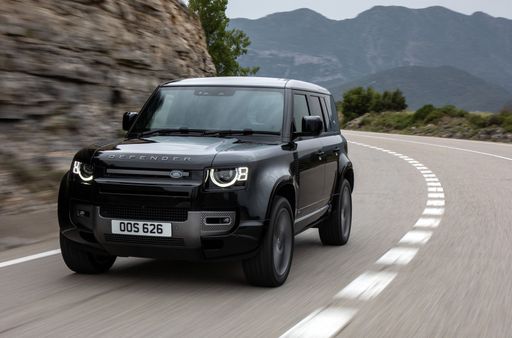 @ media.landrover.com
@ media.landrover.com
Land Rover Defender
Hyundai i10
The Hyundai i10 impresses with its compact design, making it an ideal choice for navigating through busy urban environments. Its interior is surprisingly spacious, offering drivers and passengers comfort beyond what one might expect from a city car. The model combines efficiency and practicality, making it an attractive option for those seeking both economy and functionality in their daily commute.
details @ hyundai.news
@ hyundai.news
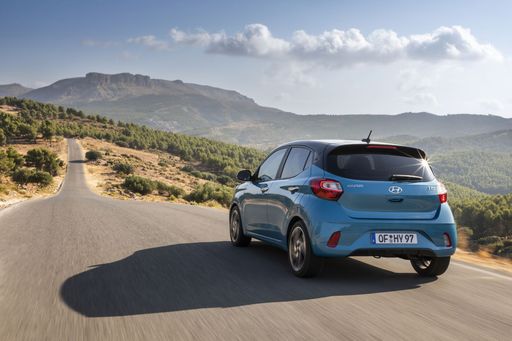 @ hyundai.news
@ hyundai.news
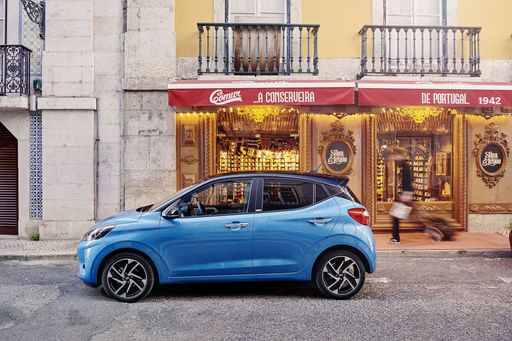 @ hyundai.news
@ hyundai.news
 @ hyundai.news
@ hyundai.news
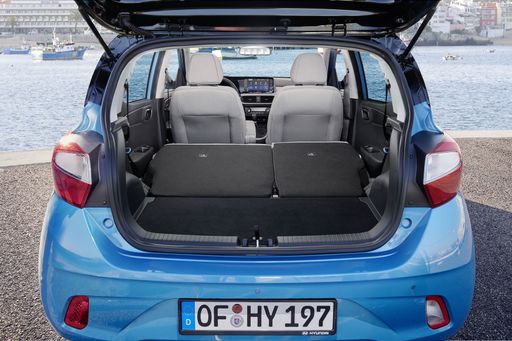 @ hyundai.news
@ hyundai.news
Land Rover Defender
The Land Rover Defender boasts a rugged design that seamlessly blends traditional aesthetics with modern innovation, making it a true icon in the world of off-road vehicles. Its performance capabilities are matched by a luxurious interior, offering comfort and cutting-edge technology for drivers and passengers alike. Whether tackling rough terrains or cruising through city streets, the Defender exudes versatility and reliability, maintaining its reputation as a robust yet refined companion for any adventure.
details @ media.landrover.com
@ media.landrover.com
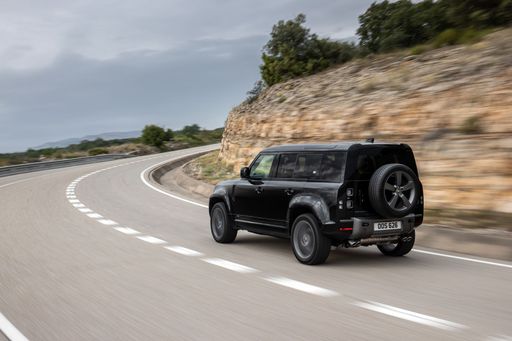 @ media.landrover.com
@ media.landrover.com
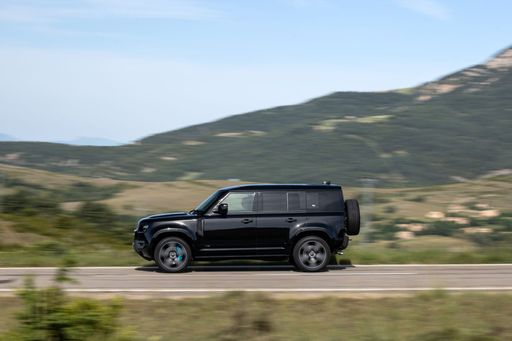 @ media.landrover.com
@ media.landrover.com
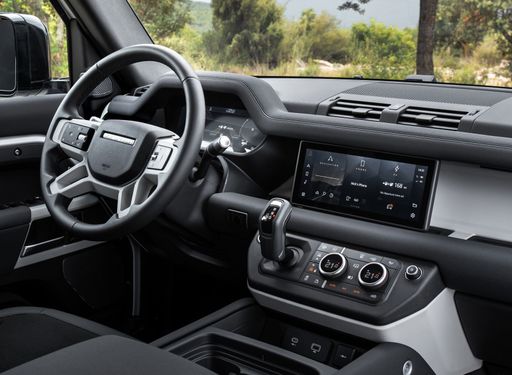 @ media.landrover.com
@ media.landrover.com
 @ media.landrover.com
@ media.landrover.com
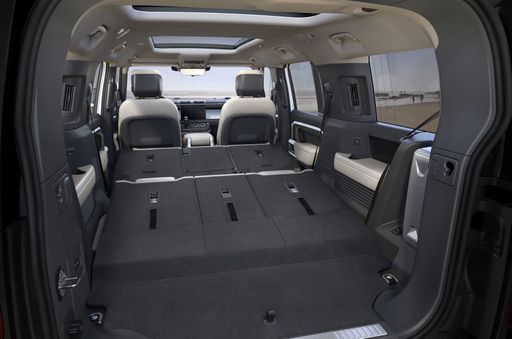 @ media.landrover.com
@ media.landrover.com
 @ hyundai.news
@ hyundai.news
|
 @ media.landrover.com
@ media.landrover.com
|
|
|
|
Costs and Consumption |
|
|---|---|
|
Price
14600 - 19000 £
|
Price
57900 - 172000 £
|
|
Consumption L/100km
4.9 - 5.5 L
|
Consumption L/100km
6 - 14.4 L
|
|
Consumption kWh/100km
-
|
Consumption kWh/100km
-
|
|
Electric Range
-
|
Electric Range
48 km
|
|
Battery Capacity
-
|
Battery Capacity
15.40 kWh
|
|
co2
110 - 124 g/km
|
co2
135 - 324 g/km
|
|
Fuel tank capacity
36 L
|
Fuel tank capacity
89 - 91 L
|
Dimensions and Body |
|
|---|---|
|
Body Type
Hatchback
|
Body Type
Off-Roader
|
|
Seats
4 - 5
|
Seats
2 - 8
|
|
Doors
5
|
Doors
3 - 5
|
|
Curb weight
996 - 1099 kg
|
Curb weight
2300 - 2745 kg
|
|
Trunk capacity
252 L
|
Trunk capacity
293 - 786 L
|
|
Length
3670 - 3675 mm
|
Length
4323 - 5358 mm
|
|
Width
1680 mm
|
Width
2008 mm
|
|
Height
1480 - 1483 mm
|
Height
1967 - 1995 mm
|
|
Max trunk capacity
1050 L
|
Max trunk capacity
1263 - 2078 L
|
|
Payload
344 - 423 kg
|
Payload
494 - 819 kg
|
Engine and Performance |
|
|---|---|
|
Engine Type
Petrol
|
Engine Type
Petrol, Diesel MHEV, Plugin Hybrid, Petrol MHEV
|
|
Transmission
Manuel, Automatic
|
Transmission
Automatic
|
|
Transmission Detail
Manual Gearbox, Automated Manual
|
Transmission Detail
Automatic Gearbox
|
|
Drive Type
Front-Wheel Drive
|
Drive Type
All-Wheel Drive
|
|
Power HP
63 - 90 HP
|
Power HP
200 - 635 HP
|
|
Acceleration 0-100km/h
11.4 - 18.4 s
|
Acceleration 0-100km/h
4 - 10.2 s
|
|
Max Speed
143 - 175 km/h
|
Max Speed
175 - 250 km/h
|
|
Torque
93 - 172 Nm
|
Torque
500 - 750 Nm
|
|
Number of Cylinders
3 - 4
|
Number of Cylinders
4 - 8
|
|
Power kW
46 - 66 kW
|
Power kW
147 - 467 kW
|
|
Engine capacity
998 - 1197 cm3
|
Engine capacity
1997 - 5000 cm3
|
General |
|
|---|---|
|
Model Year
2024
|
Model Year
2025
|
|
CO2 Efficiency Class
C, D
|
CO2 Efficiency Class
G, D
|
|
Brand
Hyundai
|
Brand
Land Rover
|
Is the Hyundai i10 offered with different drivetrains?
The Hyundai i10 is offered with Front-Wheel Drive.
The prices and data displayed are estimates based on German list prices and may vary by country. This information is not legally binding.
